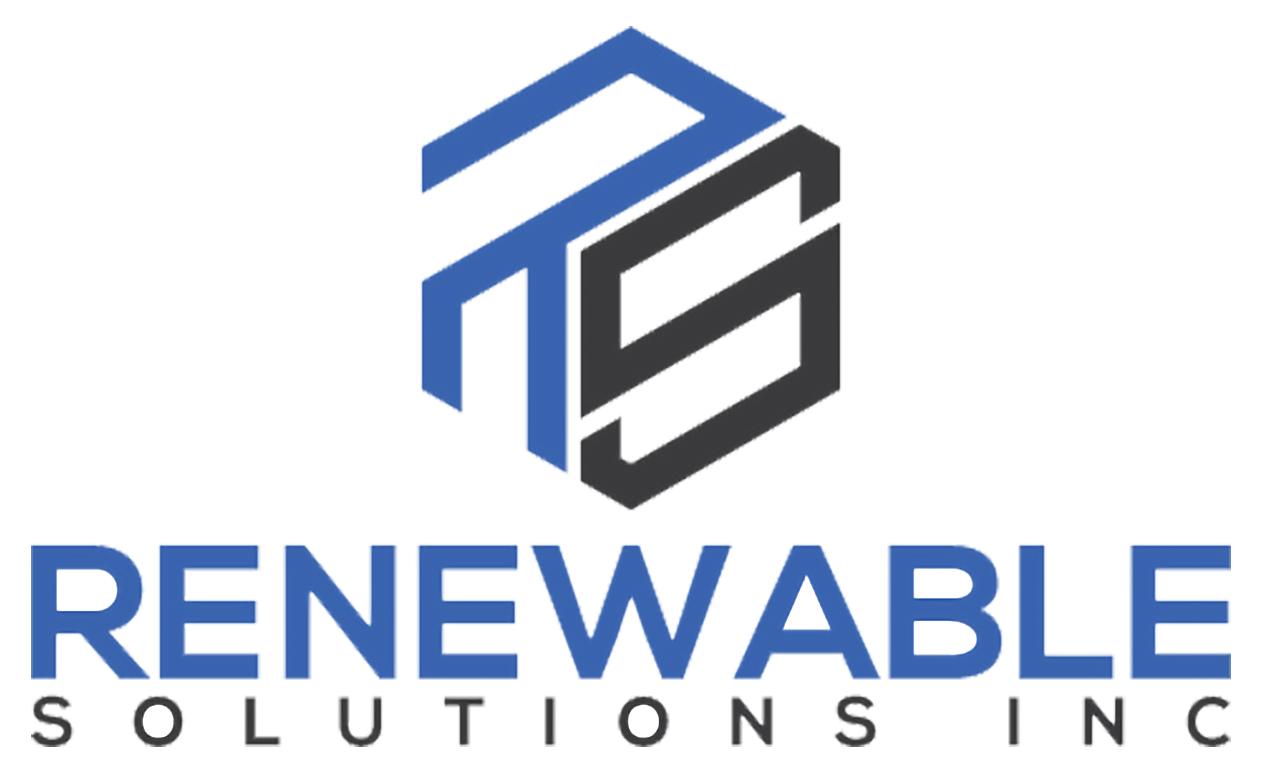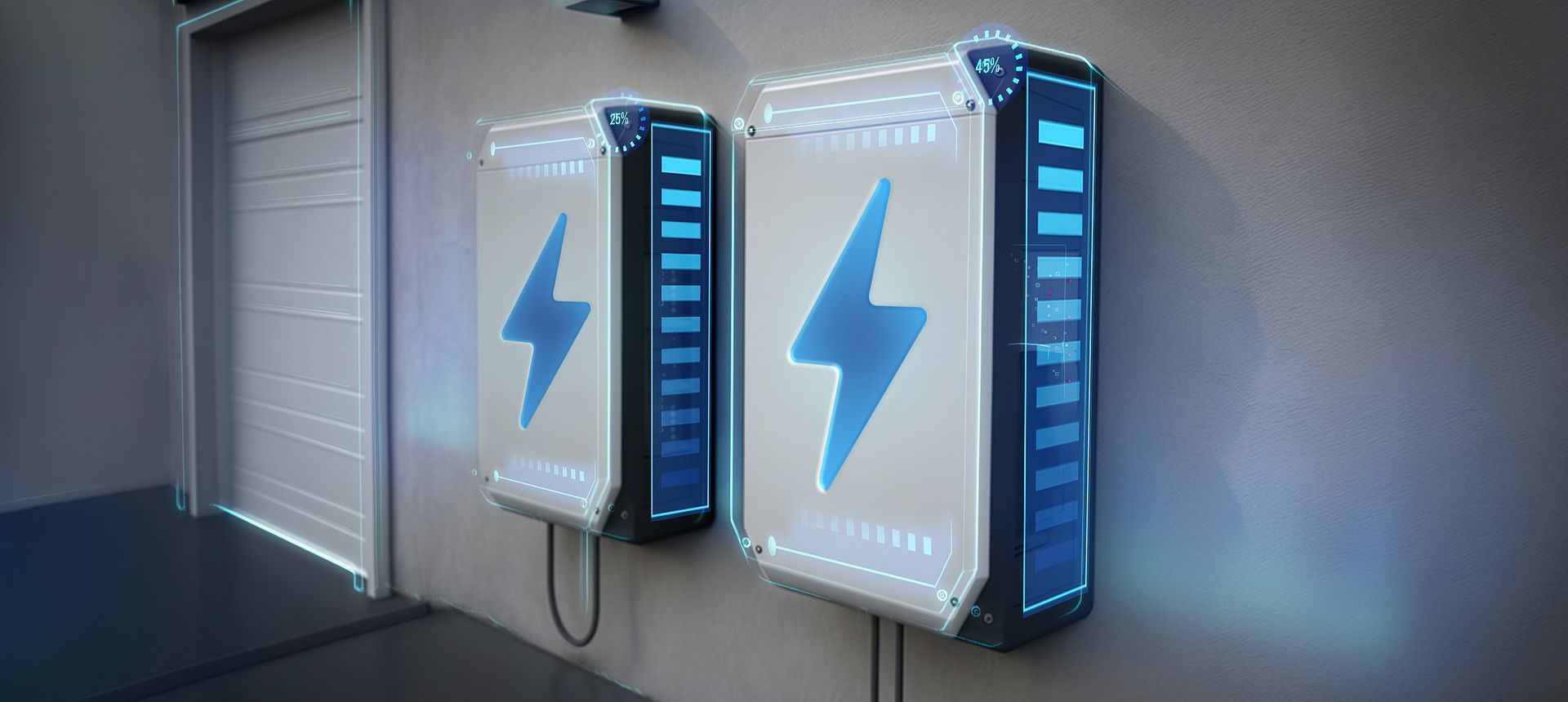Up to 30% Federal Tax Credit Available | $250-$1000 for customer referrals!
2024 Solar Industry Tax Incentives- The Effects of the Inflation Reduction Act
The Inflation Reduction Act has offered up more incentives for those considering solar in 2024 and beyond.
Read Time: 5 Minutes
Table of Contents

Expansion of the Investment Tax Credit
The IRA, which was signed by President Biden on August 16th, 2022, has expanded the Federal Tax Credit for Solar Photovoltaics, also known as the Investment Tax Credit. This credit, which can be claimed on federal income taxes, covers a percentage of the cost of a solar photovoltaic (PV) system. The ITC has been increased to 30% for systems installed between 2022 and 2032, decreasing to 26% in 2033 and 22% in 2034. This expansion substantially reduces the cost of installing rooftop solar, leading to significant savings over the life of the system. According to energy.gov, this kind of savings can help families save upwards of $9000 on their electricity bills over the life of the system.
Inclusion of Energy Storage
The IRA has broadened the scope of the ITC to include energy storage devices with a capacity rating of 3 kilowatt-hours or greater. This makes it more financially feasible to include storage solutions in solar energy systems. Energy storage, in the form of specially designed solar batteries, helps you store excess power generated from your panels that are not needed at the present. That stored energy can then be fed back into the grid to help offset costs of the solar program. In some cases, you may be able to configure the stored energy to provide your home more power when the panels are not generating electricity, such as at night. Learn more about solar batteries on our site.
Additional Tax Credits
The IRA introduces additional tax credits for solar projects. For example, projects located in former "energy communities" can earn an extra 10% tax credit. Former energy communities are defined as brownfields, or previously developed land parcel that was used for industrial or commercial purposes and is potentially contaminated. These sites may have previously housed factories, mills, mines, or other industrial or commercial facilities that have left behind hazardous substances or pollutants. As a result, brownfields may require environmental cleanup or remediation before they can be safely repurposed for new developments. Also included in the definition, areas which, over the last generation, are associated with fossil fuels. You can look at a sneak peek map of potential communities by clicking here. There are also credits for clean electricity production and domestic solar hardware manufacturing. This includes credits for various components such as solar cells, wafers, polysilicon, and inverters. The combination of these credits could potentially increase the total tax credit to 60% under certain conditions.
Impact on Solar and Storage Growth
The IRA has spurred over $100 billion in new private sector investments in the U.S. solar and storage industry. It has led to a surge in solar and storage manufacturing in the U.S., with numerous facilities announced or expanded. This growth is expected to continue, leading to a substantial increase in solar capacity and energy storage manufacturing capacity in the United States
Forecasts for Solar Deployment
The IRA is projected to result in 48% more solar deployment over the next decade than would have occurred without it. By 2033, the U.S. is expected to have installed over 669 GW of total solar capacity, a significant increase from current levels. This growth is anticipated to lead to substantial reductions in CO2 emissions and to significantly increase the annual offsets of CO2 emissions by the solar industry. Check in on more facts pertaining to this data on the seia.org website, here.
Job Creation
Overall, the IRA represents a transformational policy for the solar industry, promoting growth, innovation, and sustainability. It is expected to have a long-term positive impact on solar deployment, manufacturing, job creation, and the overall reduction of carbon emissions.
Overall Opportunity for Your Solar Purchase
The act represents a substantial commitment to clean energy and provides significant financial incentives for individuals looking to invest in solar energy and related technologies. These incentives not only reduce the upfront costs but also contribute to long-term savings and environmental benefits.
For more detailed information and guidance, particularly regarding how these incentives may apply to your specific circumstances, it's advisable to consult with a tax professional and a solar energy expert like us at Renewable Solutions Inc!
The Good Earthling
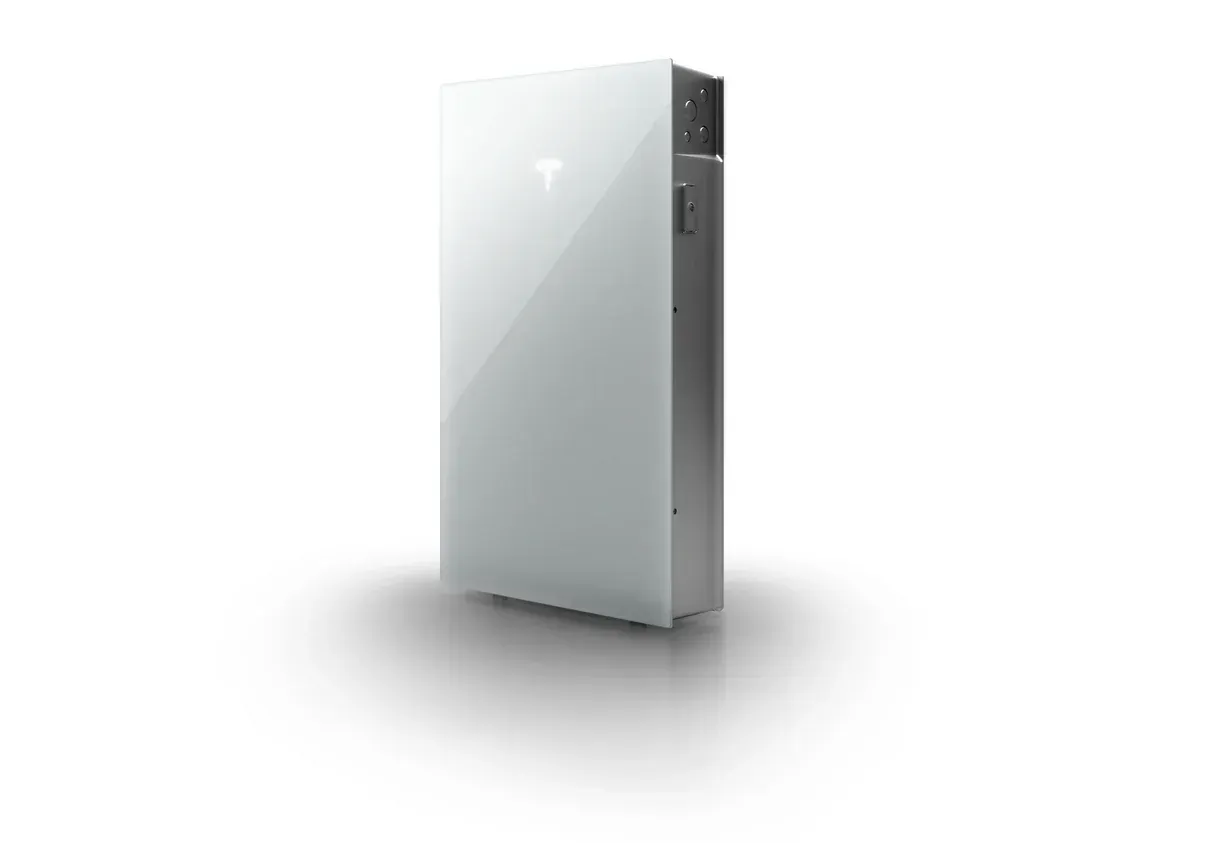


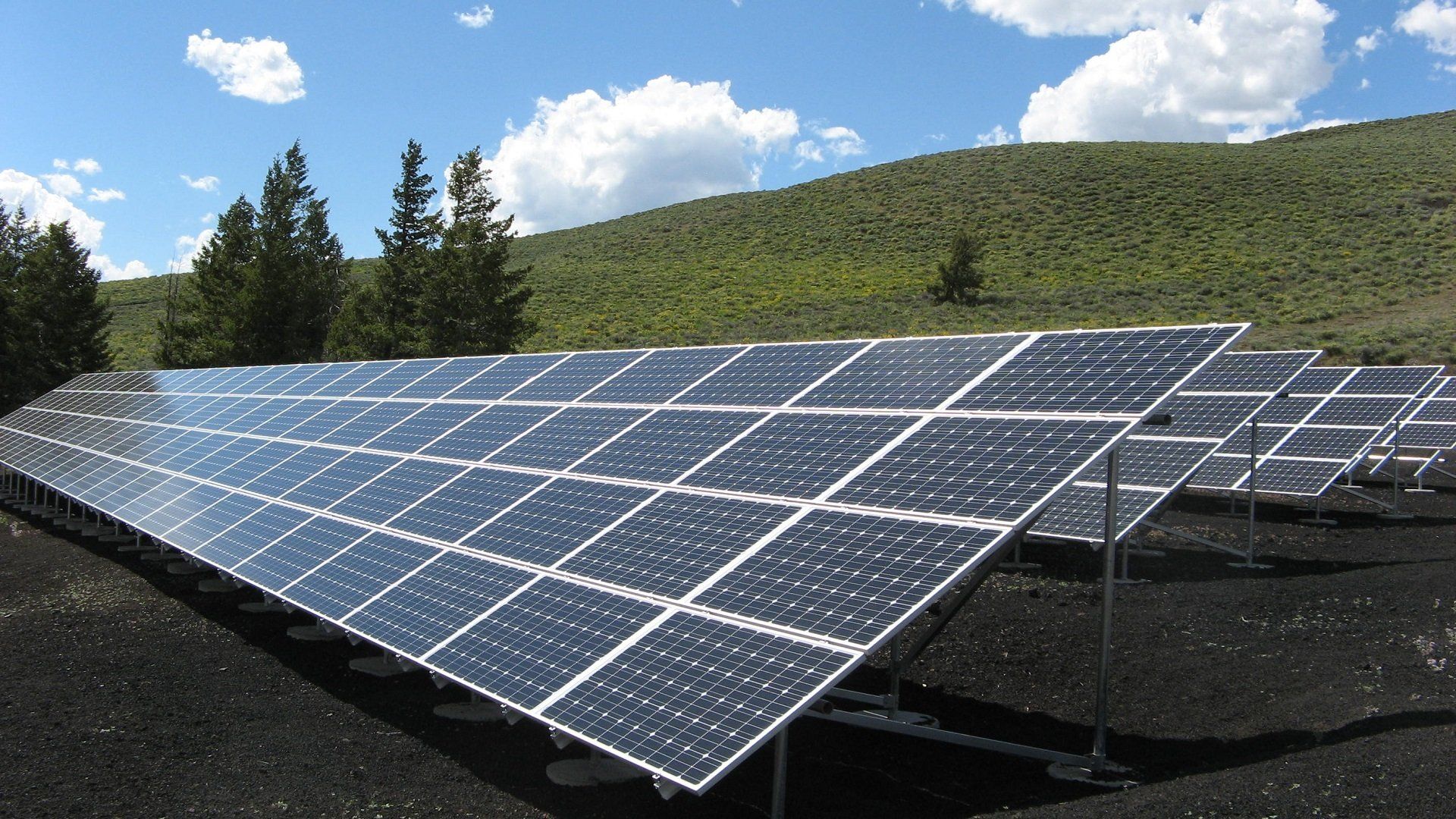
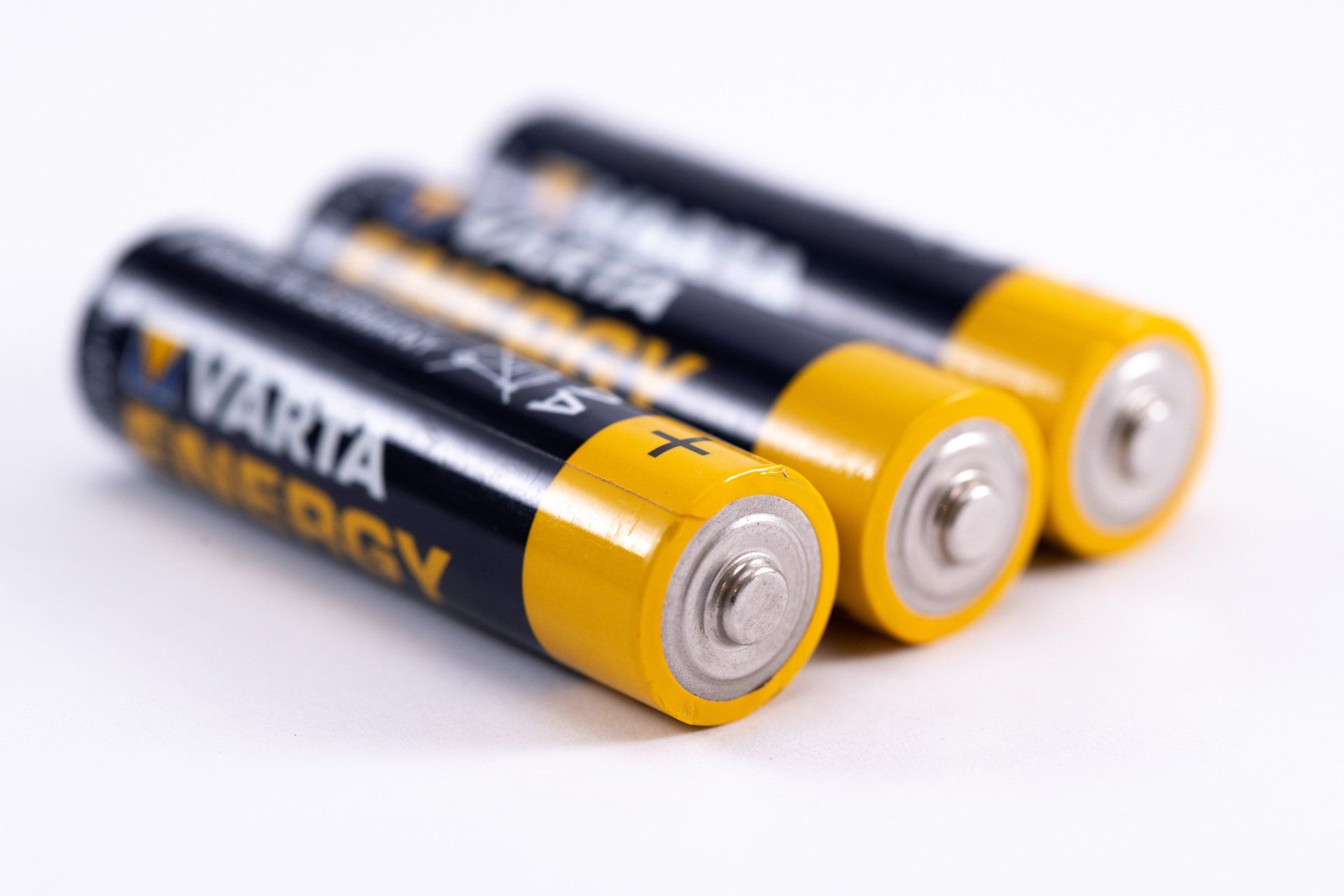
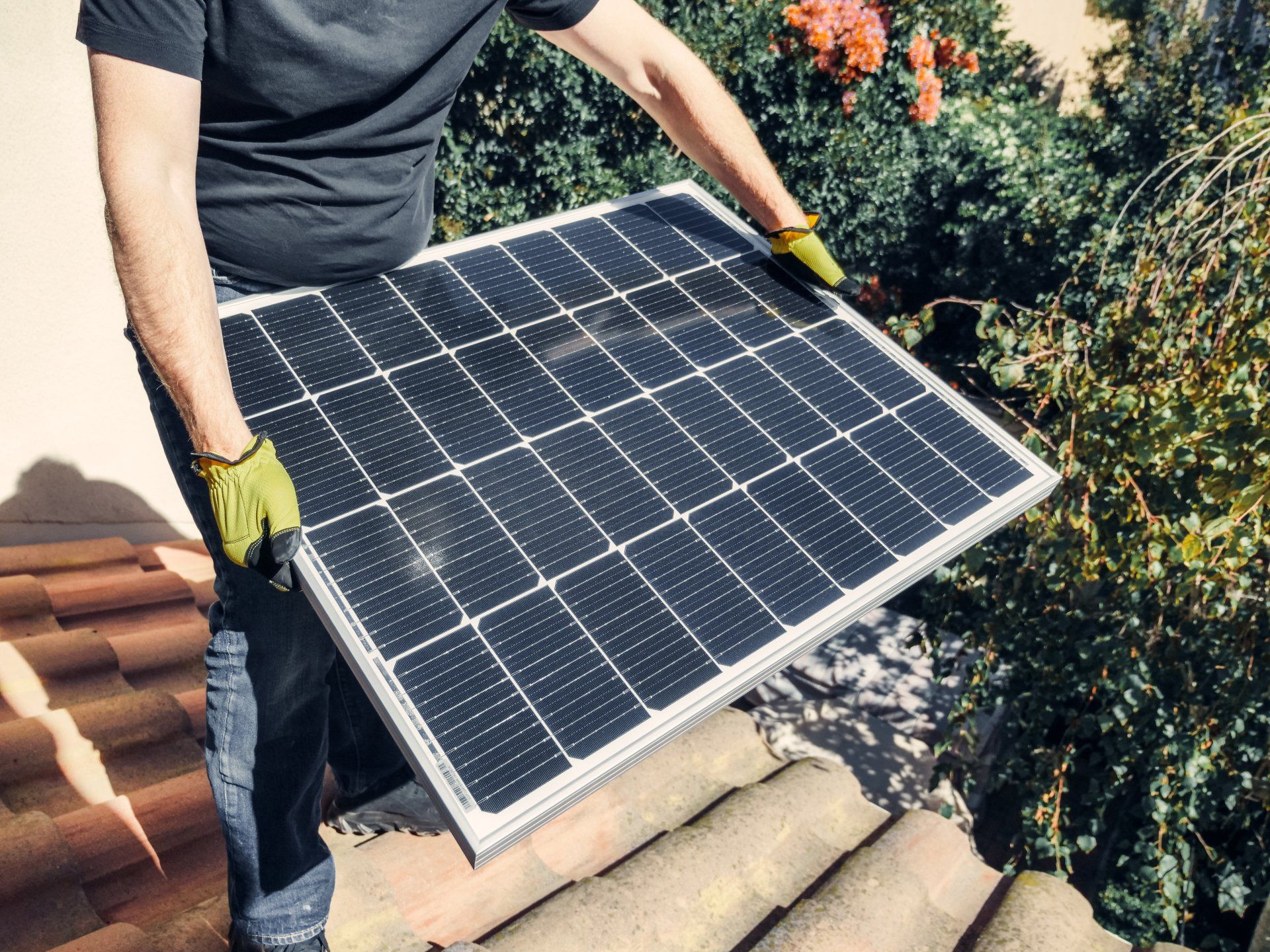
Offering solar, battery backup, roofing, and windows. Products that save you money and energy.
